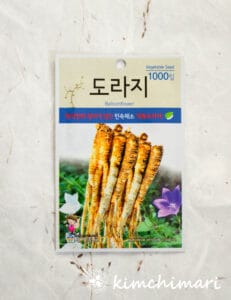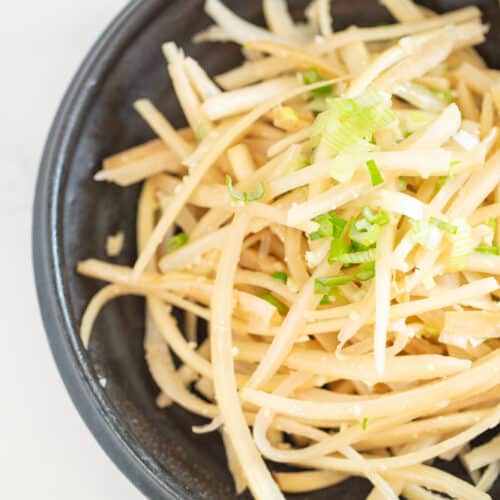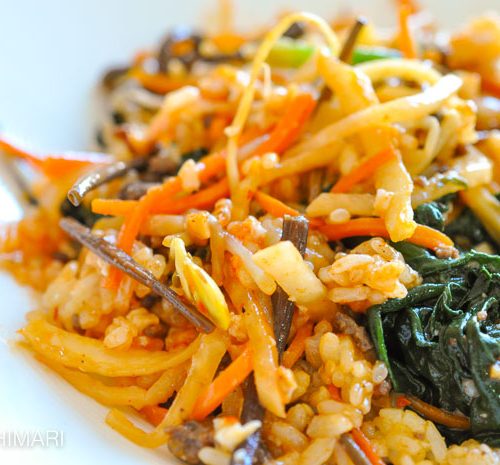What is Doraji (Balloon Flower Root) ?
Dried Ballonflower or Bellflower Root comes from the Bellflower plant, which grows wild in the mountains of Korea. The plant as well as the root are known as Doraji 도라지 in Korea.
The roots are used fresh as well as dried, and is commonly prepared as a namul side dish or as a topping to bibimbap. They are also used medicinally. Although doraji is the name of a plant(bellflower), in Korea, doraji means the roots of the bellflower. Bellflower roots, fresh or dried, makes for a delicious, crunchy namul.
Not To Be Confused With
Deodeok 더덕 (Bonnet Bellflower Root, Lance Asiabell), Ginseng 인삼
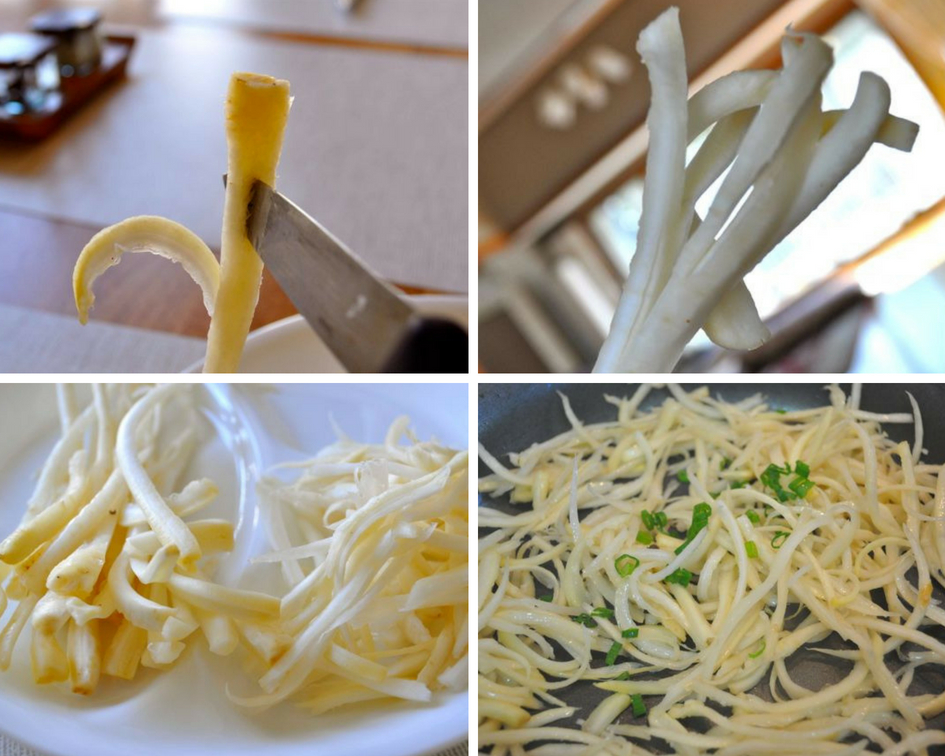
Where and What To Buy
Korean or Asian grocery store, online, occasionally available on Amazon. Buy dried white roots but not too white as it's naturally ivory colored. If it's too white, it may mean it was chemically washed.
How to Use/Cook
- Make Doraji Namul 도라지 나물 by soaking them and then sauteeing with some sesame oil, garlic and salt.
- Make a fresh Doraji muchim 도라지 무침 with some cucumbers and gochujang sauce.
- Make Doraji Cheong (syrup) 도라지청 with it and drink as Doraji Cha (tea) 도라지차- to help with respiratory health
- Make Doraji Sul (liquor) 도라지 술 by infusing soju with the root
How to Clean/Store
Store in a cool, dry place and avoid direct sun exposure. Can be kept in the freezer dried or after blanching. Dried bellflower root must be soaked for at least 2-3 hours to reconstitute, and to help remove some of the bitter flavors.
How To Grow
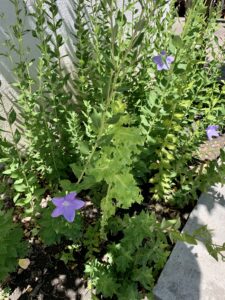
Grow Doraji (platycodon or balloon flower plant) from seeds. The seeds are incredibly small so you need to mix it with soil first and sprinkle it in a thin layer on top of the soil Roots can be harvested on 2-3 year old plant so be patient!
Nutrition/Health Info
Bellflower root is often used in herbal medicine as a remedy for inflammation, allergies, and to help improve cholesterol levels. In Korea specifically, it is used to treat bronchitis and asthma, as well as other inflammatory diseases. It is effective in reducing cholesterol, treating blood related diseases, and lowering blood pressure altogether.
